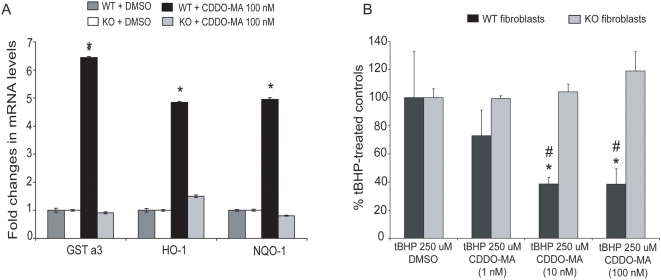Figure 2. Activation of Nrf2/ARE pathway by CDDO-MA is Nrf2 dependent.
A. Wild type (WT) and Nrf2 knockout (KO) mouse embryonic fibroblasts were pretreated with either CDDO-MA (1, 10 and 100 nM) or DMSO (as control) for 18 hours. Analysis of ARE genes showed a statistically significant increase in GSTa3, HO-1 and NQO-1 in wild type fibroblasts compared to DMSO treated controls. Nrf2 knockout fibroblasts failed to induce ARE genes following treatment with CDDO-MA compared to respective DMSO controls, implicating that CDDO-MA requires Nrf2 to activate ARE signaling. Data represent mean±SEM, *P<0.001 when compared with the controls, by ANOVA, n = 3 from two separate experiments. B. Wild type and Nrf2 knockout mouse embryonic fibroblasts were pretreated with either CDDO-MA (1, 10 and 100 nM) or DMSO (as control) for 18 hours. The next day, 250 µM tert-butyl hydroperoxide was added to these fibroblasts for 15 minutes, and generation of ROS was measured by flow cytometry. CDDO-MA treatment resulted in a significant dose dependent reduction of tBHP-induced ROS generation in wild type fibroblasts. Nrf2 knockout fibroblasts failed to show reduction in tBHP-induced ROS generation. *p<0.05 compared to knockout fibroblasts; #p<0.05 compared to 1 nM CDDO-MA, by ANOVA, n = 3 from two separate experiments.

